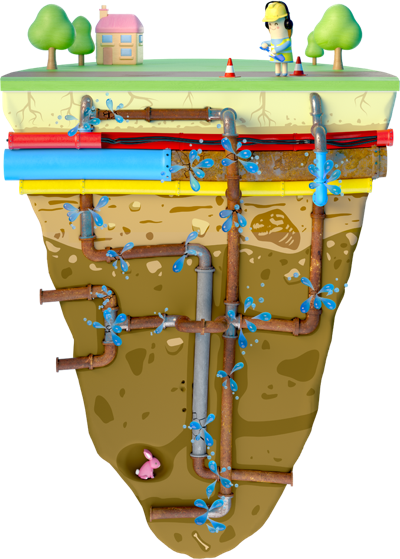Water saving tips
Filter tips
Take a shower

Tip: Take a shower instead of a bath to reduce water usage.
Drop the hose

Tip: Use a rosehead watering can in the garden instead of a hose or sprinkler and aim for the roots.
Use a bucket and sponge

Tip: If you need to wash your car, use a bucket and sponge instead of a hose.
Take a shorter shower

Tip: Taking a shorter shower can save up to 10 litres of water a minute.
Use it twice

Tip: Use a basin in your sink when rinsing food and use it for watering plants.
If it's yellow, let it mellow

Tip: Consider only flushing the toilet when you really need to.
Fix dripping taps

Tip: Avoid using excess water at home by mending taps and running toilets.
Protect your soil

Tip: Add a layer of plant material, like bark to your flower bed to prevent evaporation.
Turn off the tap

Tip: Turn off the tap when brushing your teeth or shaving.
Load 'em up

Tip: Run your washing machine and dishwasher with full loads.
Keep chilling

Tip: Keep a jug of water in the fridge instead of running the cold tap.
Keep an eye on running water

Tip: Don't leave running taps and hosepipes unattended.
Limit any trough overflow

Tip: Adjust the ball valves in drinking troughs to lower the float or replace faulty parts. Drain and cover troughs in the winter to avoid frost damage.
Use your plate cooler

Tip: If you own a dairy farm, divert clean plate cooler water to a tank and use it for parlour washing.
Butt seriously!

Tip: Install a water butt to harvest rainwater from your gutters. Use it to water your garden or wash your yard.
Dry-clean the yard

Tip: Use scrapers and brushes to remove solid waste from yards and pens before hosing.
Garden clever

Tip: Water your plants in the early morning or late evening. This saves water from evaporating and avoids your plants being scorched.
Choose dry condition plants

Tip: Choose plants with low water needs such as lavender or olive trees.
Lock in moisture

Tip: Add special gel beads to plant pots to keep roots hydrated.
Do not over water

Tip: Established plants do not need watering, unless in severe drought.
Plug holes in containers in dry weather

Tip: Stop water escaping when it's dry by plugging holes in plant containers.
Avoid watering the lawn

Tip: Even if your lawn goes yellow in dry weather, it will recover quickly.
Check pipe work

Tip: Check the ground above your pipes often for signs of leaking.

